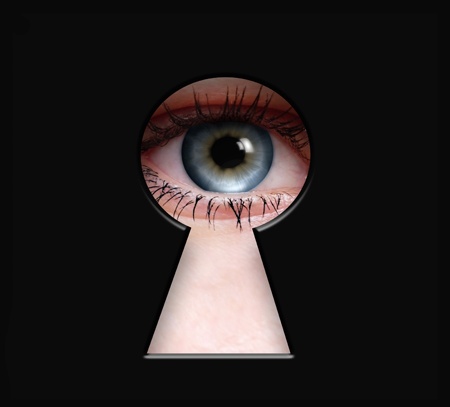5 Reasons to be Thankful for Paperless Manufacturing
Paperless Manufacturing and MES are some of the best investments manufacturers can make. We take a look at a few of the reasons companies are...

 Work instructions and travelers are critical tools for a successful shop floor. To build their products, manufacturers rely on an engineer’s instructions placed in travelers. The documents in the traveler are maintained by an engineer (many times the same one that writes the instructions) who is responsible for ensuring only approved documents are in the packets. To draw attention to critical information, or quickly modify instructions when necessary, color is used. Documents may be color-coded to signify their path in the shop, their urgency, or to signal when a change has been initiated. Yes, a red pen can be a mission critical tool.
Work instructions and travelers are critical tools for a successful shop floor. To build their products, manufacturers rely on an engineer’s instructions placed in travelers. The documents in the traveler are maintained by an engineer (many times the same one that writes the instructions) who is responsible for ensuring only approved documents are in the packets. To draw attention to critical information, or quickly modify instructions when necessary, color is used. Documents may be color-coded to signify their path in the shop, their urgency, or to signal when a change has been initiated. Yes, a red pen can be a mission critical tool.
Paperless Manufacturing and MES are some of the best investments manufacturers can make. We take a look at a few of the reasons companies are...
1 min read
Let the experts offer you insider tips on successfully navigating your next shop floor software project. By Nick Stonebraker and David Oeters with...
Inefficient, annoying, error-prone and wasteful, many times paper-based work travelers are the source of countless shop floor problems and might be...